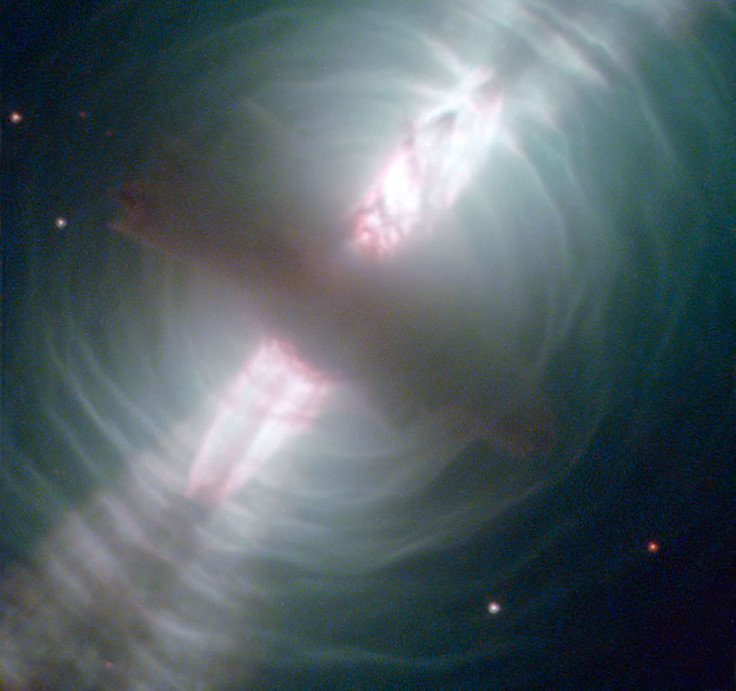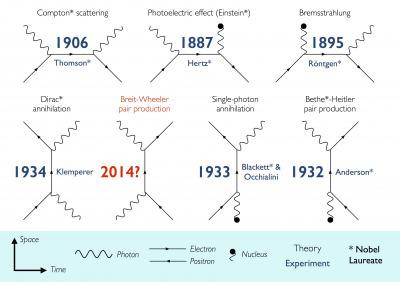Race Begins to Turn Light into Matter with 'Landmark' Collider Experiment

In a feat thought impossible for 80 years, scientists have worked out a way to turn light into matter.
Physicists from Imperial College London presented their findings in Nature Photonics, in which they explain how a long-standing theory could be tested.
The theory of how to turn light into matter, first devised by scientists Breit and Wheeler in 1934, says it should be possible by smashing together two particles of light – known as photons – to create an electron and a positron.
Their calculations were found to be theoretically sound and it has long been accepted among the scientific community. However, neither of the scientists ever expected their theory could be proven in an experiment.
A collider that could convert light into matter would be a new type of physics experiment that would recreate a process important to the first 100 seconds of the universe. The process is also seen in gamma ray bursts – the biggest explosions in the universe that remain largely mysterious to science.

Lead author Oliver Pike said: "Although the theory is conceptually simple, it has been very difficult to verify experimentally. We were able to develop the idea for the collider very quickly, but the experimental design we propose can be carried out with relative ease and with existing technology."
The experiment involves two steps. First, the researchers would use a high-intensity laser to speed up electrons to just below the speed of light. These would then be fired into a slab of gold to create a beam of photons a billion times more energetic than visible light.
Scientists would then fire a high-energy laser at the inner surface of a tiny gold can to create a thermal radiation field – this would generate a light similar to that emitted by stars.
Finally, they would direct the photon beam from the first stage into the centre of the can, making the photons from the two sources collide and form electrons and positrons.
"Within a few hours of looking for applications of hohlraums outside their traditional role in fusion energy research, we were astonished to find they provided the perfect conditions for creating a photon collider. The race to carry out and complete the experiment is on!" Pike said.
Professor Steve Rose added: "Despite all physicists accepting the theory to be true, when Breit and Wheeler first proposed the theory, they said that they never expected it be shown in the laboratory.
"Today, nearly 80 years later, we prove them wrong. What was so surprising to us was the discovery of how we can create matter directly from light using the technology that we have today in the UK. As we are theorists we are now talking to others who can use our ideas to undertake this landmark experiment."
© Copyright IBTimes 2025. All rights reserved.






















